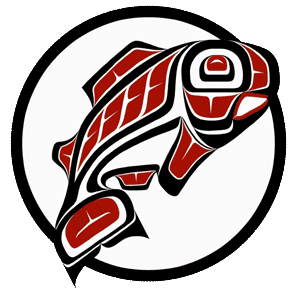Main Content
This Section's arrow_downward Theme Info Is:
- Background Image: ""
- Theme: "light-theme"
- Header Style: "purple_dominant"
- Card Height Setting: "consistent_row_height"
- Section Parallax: ""
- Section Parallax Height: ""
In Autumn 2018, the School of Engineering & Technology at the University of Washington Tacoma was established to reflect the breadth of academic programs and plans for future growth. Click the video below to learn more about how we went from the former Institute of Technology to the School of Engineering & Technology.
The Beginning: Computing & Software Systems Program
The University of Washington Tacoma Computing & Software Systems (CSS) program began in the Fall of 1999 with an inaugural cohort of 30 upper-division students. The Tacoma CSS program was modeled on the CSS program designed by the UW Seattle Computer Science & Engineering faculty and implemented by UW Bothell faculty several years earlier. Seven community colleges in the South Sound began a collaborative effort to provide every South Sound resident access to a four-year computer science degree.
Larry Crum was the founding director, and Don McLane and Bill Conlen were the other founding faculty. The first laboratory of computing workstations was located temporarily in a conference room in the Library, while Stephen Rondeau implemented a permanent laboratory in the Dougan building, and shortly afterwards designed additional laboratories in the Science Building. In 2000, Moshe Rosenfeld and Josh Tenenberg joined the faculty to provide for the offering of courses for the senior year of the program.
Students desiring to enter the CSS program were provided multiple articulated paths to the program through their community colleges and were given the opportunity to pursue an Associate of Science degree, providing them with an ideal foundation in math and science, pursue an Associate of Arts (sometimes named an Associate of Arts and Science) degree. The CSS program provided more diverse academic preparation and granted students the opportunity to prepare immediately for technical employment, while also appropriately preparing to continue their four-year education afterwards.
Formation of the Institute of Technology
In 2001, Governor Gary Locke was being lobbied by Washington industry to create a "polytechnic university" to address the increasing demand for nationally competitive bachelor's and master's prepared technology professionals. The Governor proposed, and the Legislature approved the establishment through a creative public-private partnership, of the Institute of Technology at the University of Washington Tacoma to address the growing demand and to spread the prosperity of the high-tech economy to more residents of Washington State (2001-2003 SB 6153, "Technology Institute").
The Institute was given a state-wide mission with fifteen community and technical college partners. The goals were to create significant additional capacity in the community and technical colleges as well as in the CSS program to increase Bachelor's and Master's graduates that would support and fuel the growth of Washington's high tech industry, and to provide every Washington citizen access to an opportunity to prepare for an outstanding and rewarding career in the state's high-tech industry. A particular charge of the Institute was to reach out to women and underrepresented groups and, after expanding the capacity in the CSS program, expand the breadth of high-tech offerings particularly in engineering related areas. A further charge was for the Institute to develop additional Bachelor's and Master's programs to complement the computer science program.
Master of Science
In 2003, the Institute began a Master of Science program in Computing & Software Systems to serve two populations of professionals: those with a baccalaureate degree in computer science and those with a baccalaureate in a related field and some education and experience in computing.
In June 2011, the name was changed to Computer Science & Systems to more accurately reflect that this is a computer science degree.
Bachelor of Arts and Minor in Applied Computing
In 2005, the Institute added both a Bachelor of Arts degree in CSS for those who are more interested in applications programming and developing expertise in an area of application, and a minor in Applied Computing for those whose primary interest is applying and leveraging computing in another professional area.
Computer Engineering & Systems Program
A Bachelor of Science degree in Computer Engineering & Systems was opened in December 2006.
Information Technology Program
A Bachelor of Science degree in Information Technology was approved by the Higher Education Coordinating Board (HECB) in July 2009 and started in Autumn 2009.
Electrical Engineering Program
The Bachelor of Science in Electrical Engineering degree began admitting new students in Autumn 2017. The degree was designed to be responsive to regional needs and to engineering education reform, serving both traditional and nontraditional students by providing degree pathways for both freshman and transfer students.
